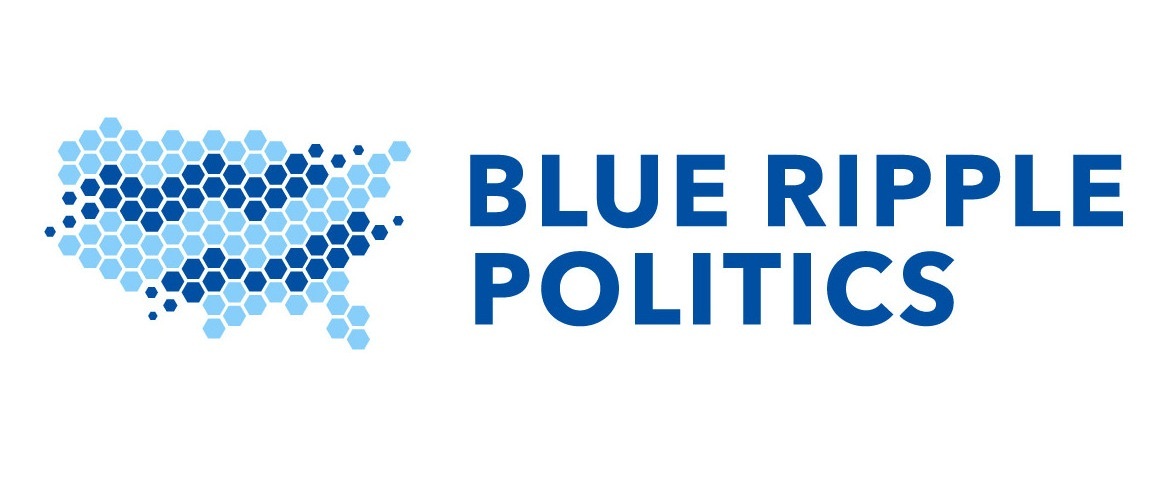We’ve been beating the drum on GOTV for 2020 — but here’s a practical question: How much of a turnout boost do Dems need in key states, and is it feasible?
In our latest research post, now on GitHub, we look specifically at potential GOTV strategies in nine battleground states that Dems lost in 2016. Based on the sizes and preferences of various demographic groups (defined by age, sex, and race) in those states, we model what we’d have to do to win them in 2020. (For details on our MRP methods and other analyses we’ve performed, see our prior research posts and their embedded GitHub links.)
The answer is pretty positive for Team Blue:
In Michigan, a boost of 3.5% among all voters (not just Dem-leaning) would tilt the balance. If we focus just on Dem-leaners, we could win with just ~1% more turnout than we had in 2016.
In Florida, Pennsylvania, and Wisconsin, a turnout boost of ~4-6% among Dem-leaners would move the needle.
Arizona and Georgia are a bit tougher; assuming no change in voters’ party preference, we’d need ~10% more Dem-leaners to show up to win in 2020. North Carolina and Texas are harder still (15% and 30% turnout boosts, respectively). And Ohio appears out of reach solely by GOTV in our analysis, requiring a 50% surge in Dem-leaning turnout (assuming no change in preference).
Putting those numbers in context — based on historical turnout rates (see our prior post for details), a 4-5% turnout boost is totally believable (i.e., hitting 2008 levels), and it’s plausible that we could get a 10% lift in an "optimistic” (record-setting) turnout scenario. So that means six battlegrounds that we lost in 2016 are winnable if we nail our GOTV strategy — even if there’s no change in voters’ preferences for Dems!
Please read the full post on GitHub for more details (as well as some key caveats). And if you’re a fellow “data geek,” please check out our full Github page.
Want to read more from Blue Ripple? Visit our website, sign up for email updates, and follow us on Twitter and Facebook. Folks interested in our data and modeling efforts should also check out our Github page.

